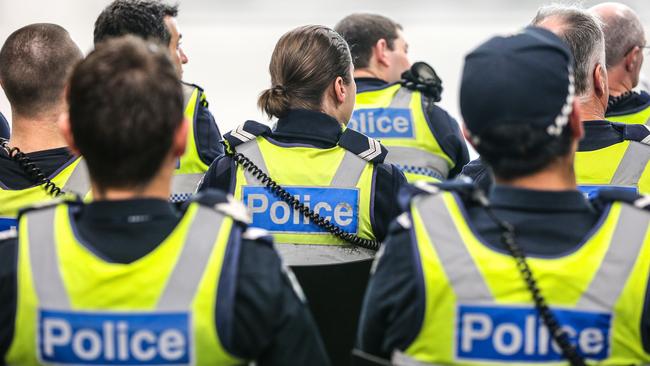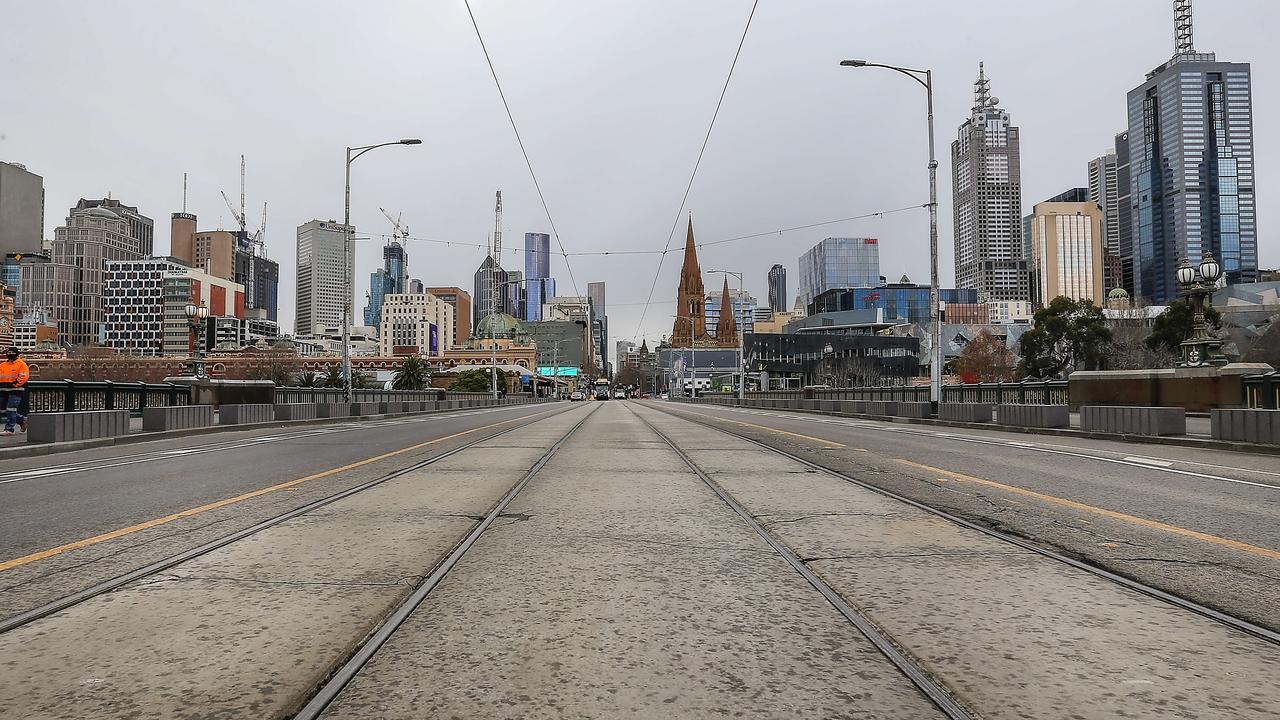It’s reeckless to neglect police on the front line
WHEN the public is feeling increasingly unsafe, it’s dangerous to strip resources from front-line police who make a real difference, writes Gary Jamieson.

Opinion
Don't miss out on the headlines from Opinion. Followed categories will be added to My News.
OVER the past 20 years, the government and police leadership have abandoned operational front-line police by denying them the resources they need to do the job. In doing so, they have also failed Victorians.
There are simply too few local police to combat increasing lawlessness and meet the public demand for safety.
The crime rate is up by 12.5 per cent, yet police stations are being selectively closed. Just when the public needs reassurance, there are not enough local police, so people fear more than ever that they will become a victim of crime.
The public suspects there’s something fundamentally wrong as they see police stations close, experience or hear about slow police response times, or can’t find an officer when they need one.
Allocating police in response to new critical requirements is always a balancing act but local police have largely been forgotten, particularly in emerging growth suburbs surrounding Melbourne. Those communities are being denied the police they need to keep them safe.
Police command has failed to see that well-resourced local police are a critical investment. Interacting with the public and offenders, and quickly identifying and responding to law-and-order problems, they are our front line. In addition to their flexibility in problem-solving, their presence is a major deterrent to potential offenders and provides confidence to communities.
In what is called the “broken window theory”, the New York Police Department found in the 1990s that by directing more police to neighbourhoods and more effectively dealing with small local problems, they reduced crime and also boosted the public’s feelings of safety. But there’s no strategy for increasing front-line police in Victoria.
Police at local stations and detective units carry an overwhelming and relentless workload, which affects their capacity to respond quickly to an increasingly nervous and demanding public.
The strain front-line police are under is one thing, but the frustration of not being supported and of feeling abandoned by management is another. In addition, expanding requirements for police to log information means that valuable time is spent “off the road” doing administrative tasks that should be performed by unsworn support staff.

The problem is not so much a shortage of police but the decision by chief commissioners, since the Nixon era, to respond to emerging problems by drawing officers from local areas into what are reactive, single-focused taskforces hidden in back rooms. Officers, cars and equipment needed at a local level are directed “into town”.
Exacerbating the crisis are government-imposed “productivity cuts” that, while shielding police numbers, have reduced administrative support, with the result that police are more often than not sitting behind a desk rather than dealing with real problems. If the public knew and understood just how few police were available for active service at stations and local enforcement units, they would be horrified.
What are the consequences of this failure? The recent carjackings, all types of gang violence, home invasions and convenience store robberies can be handled efficiently by local police, if they have the numbers and equipment. Their response can be sophisticated, timely and directed — but only if they have resources.
Local police commanders are, rightly, held responsible for controlling crime and for public safety, including road safety, in their areas. Performance is measured at each station, at police districts, then at police divisions, culminating in police region accountability. They must perform.
But headquarters units, where work can’t be measured against what happens in a local area, have few measures of how effective they are in improving public safety.
Protected by the shield of headquarters and focused on single-issue problems, they are not active enough in improving local safety. They can’t respond to calls for help, nor do they have the presence that reassures the public the police are only a moment away.
Why hasn’t the Police Association been more successful in highlighting these matters? While they are aware of these concerns, they support all police members, not just those on the front line.
But the recent CFA dispute has raised the issue of minimum response staffing numbers, and I am sure that will not be lost on the Police Association and police generally. The failure of the government and police command to support operational police will encourage union militancy.
It is not that police numbers are grossly insufficient. What is lacking is a clear plan that makes operational police the priority.
Perhaps, it’s a lack of personal experience in local policing of the majority of chief commissioners over the past 25 years that has allowed front-end police resources to slip. Not having shared in the execution and excitement of a vibrant local police response may explain why the local contribution is not seen as vital.
Regardless, police command’s lack of strategy and emphasis has meant front-line police are the losers. It is local police who provide public safety. They are an essential part of a team of first-responders who, if properly resourced, are very good at dealing with all law and order problems.
Just like the “Front-line First” strategy of the West Australian Police, or New York’s broken window theory, if resources are given to local police stations, the public will notice a difference.
Gary Jamieson is a former assistant commissioner of Victoria Police


